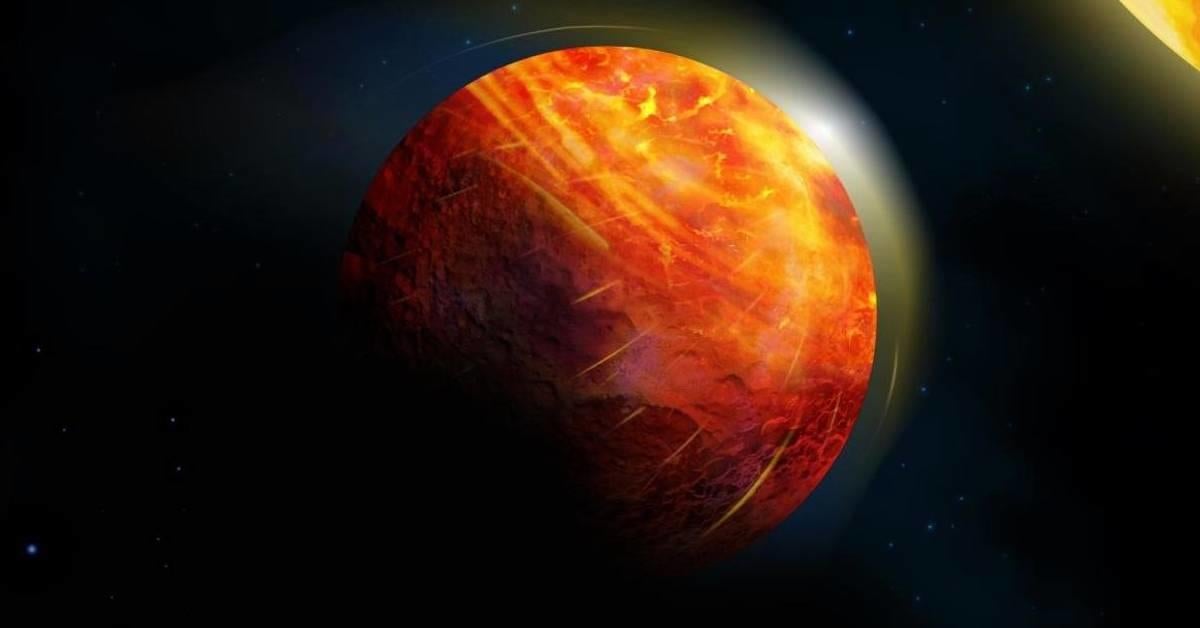NASA Has Discovered An Earth-Like ExoPlanet, But It Rains Lava
NASA has discovered an Earth-like ExoPlanet, but there's one small problem. It rains lava there. In a press release from both the organization and McGill, the planet known as K2-141b was introduced to the world. It's an Earth-sized body with an ocean and atmosphere made up of rocks. As a result, there are extreme weather patterns that dominate K2-141b's climate. Raining lava is going to be a problem for a lot of lifeforms. (But, maybe not life wildly different from our own!) Using telescopes like the James Webb Space Telescope, raesarchers have discovered the body and investigated what could cause such extreme weather. The findings are mind rending as the temperature ranges from the lava-hot to below -200 Celsius. That's pretty wild. So, our solutions for finding other life will wait for another day.
The study was published in Monthly Notices fo the Royal Astronomical Society. One of the co-authors, Nicolas Cowan spoke to CBS News about the findings. "Our finding likely means that the atmosphere extends a little beyond the shore of the magma ocean, making it easier to spot with space telescopes," he said.

"The study is the first to make predictions about weather conditions on K2-141b that can be detected from hundreds of light years away with next-generation telescopes such as the James Webb Space Telescope," added lead author and York University PhD student Giang Nguyen. She worked under Professor Cowan's supervision.
"All rocky planets, including Earth, started off as molten worlds but then rapidly cooled and solidified. Lava planets give us a rare glimpse at this stage of planetary evolution," added Professor Cowan.
"It turns out that different types of rock have different spectra," mentioned Laura Kreidberg at the Max Planck Institute for Astronomy. "You can see with your eyes that granite is lighter in color than basalt. There are similar differences in the infrared light that rocks give off."
"That could explain why the hottest part of the planet is shifted," continued Alexis Brandeker, a Stockholm University researcher who is also studying the planet with another team. "Just like on Earth, it would take time for the surface to heat up. The hottest time of the day would be in the afternoon, not right at noon."
Would you ever visit such a planet? Let us know down in the comments!